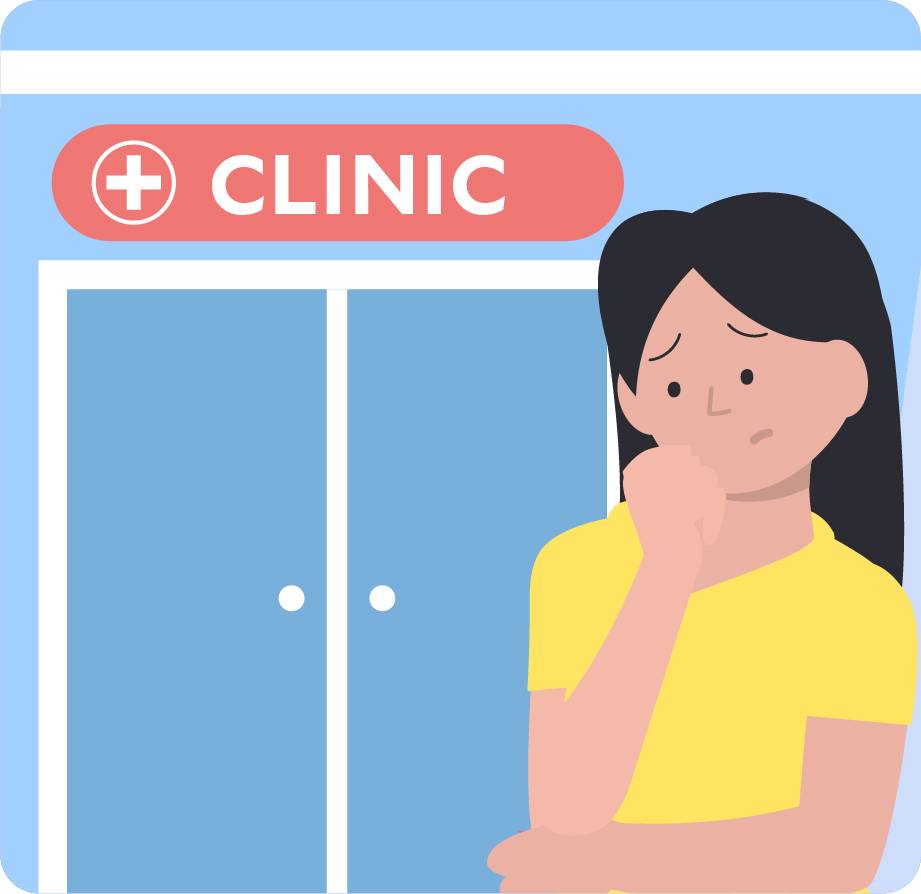The holistic way to living longer and aging gracefully always includes taking care of yourself physically, mentally, emotionally, and spiritually. You can’t change your chronological age, but reversing your biological age can be achieved with consistent daily movement, healthy eating, stress management, maintaining a healthy weight, and getting the right amount of sleep while managing health problems. You can be 50 years old now but have the fitness level and body of a 30 or 40-year-old.
Aside from reversing your biological or physical age, you should be more concerned with embracing realistic healthy habits so you can extend your lifespan and enjoy life to the fullest. Becoming too focused only on how you physically look right now without giving much importance to other aspects of healthy living like having a positive outlook in life, cultivating healthy relationships, and managing stress might not be sustainable in the long run.
Here’s the holistic checklist of aging gracefully while living longer, based on current studies and testimonials of people who successfully reversed their age through healthy living:
Use your muscles
The reason why people physically age faster and experience health problems is due to inactivity. If you are just sitting or lying down during most of your waking hours, as you age, you will experience a decline in strength and metabolism because you don’t use your muscle. Whether it’s climbing up or down the stairs, lifting things, and doing formal strength training workouts that involve stimulating your lower body, upper body, and torso muscles.
Ideally, you can hire a fitness coach (online or face-to-face) to guide you so you can execute the most effective moves for your body type, and achieve your fitness goals without getting injuries. You can also go to the gym and lift weights on your own at least twice a week. But keep in mind that there are also numerous ways to build muscles even while at home:
- Devote 20 minutes for basic bodyweight exercises such as two to three sets (45 seconds of 15 to 20 repetitions per exercise) of push-ups, squats, planks, lunges, chair dips, glute bridges, and abdominal crunches.
- Progress the intensity of your bodyweight training by incorporating exercise props such as dumbbells, resistance bands, kettlebells, barbells, medicine balls, and stability balls.
- Vary your workout by alternating the use of light, moderate and heavy weights, changing the workout sequence, or incorporating cardio with your strength training (circuit workouts).
- As you become consistent with your strength training program, you can increase the frequency of this type of workout to more than twice a week to achieve noticeable results when it comes to full-body and functional strength, body toning, and fat loss.
- Choose strength workouts that are not too intense for your age and fitness level so you can still sustain the routine even years from now.
Strengthen your heart
Your cardiovascular fitness will naturally decline and can lead to heart problems especially if you have a family history of cardiac problems such as hypertension, stroke, and heart failure.
It is best to undergo a comprehensive health check-up so you have a strong basis of where, to begin with when it comes to your fitness program, focus on exercises that can improve your health and fitness, and avoid workouts than can aggravate your health issues at this point. Invest in a good fitness tracker that can monitor your heart rate so you can systematically progress your workouts without under or overexercising.
- Check your resting heart rate (RHR-number of time your heart beats per minute) upon waking up and monitor the improvements (lower RHR means better cardiovascular fitness) over time. The normal heart of an adult ranges between 60-100 beats per minute (bpm). A study published in the medical journal of Open Heart shows that men over age 50 who have an RHR of 75 bpm or higher are twice likely to die in the next 11 years as compared to those with an RHR of 55bpm or below.
- Consider your heart rate recovery, a measure of your cardiac efficiency, which is the amount of time your heart rate return to baseline after an exercise. Try to get your heart rate right after an exercise and two minutes after. The faster your heart rate returns to normal (the difference between 53 and above), the younger your biological age and the better your cardiovascular health is. Keep in mind that RHR and heart rate recovery can be significantly improved with consistent cardio workouts.
- Do something for at least 30 minutes (or accumulated 3 x 10-minute or 2 x 15 minutes) of continuous cardio exercise that can bring your heart rate up within your recommended heart rate zone based on your age, fitness level, and fitness goals.
- You can do brisk walking, follow a Youtube dance video, run on the treadmill, swim, play your sports, or/and join indoor cycling. You can also explore outdoor cardio workouts (outdoor running, cycling, or hiking) that can challenge your heart while being in touch with nature.
Move more – at least 7,000 steps/day
At least 150 minutes of exercise (or 30 minutes of workout out five days a week) is still currently recommended to stay healthy. But latest studies show that we need more lifestyle movements/activities during the day to overcome the health risks of sitting for a longer period.
A 2021 study published in JAMA Network Open (https://jamanetwork.com/journals/jamanetworkopen/fullarticle/2783711) shows that achieving 7,000 steps a day which is equivalent to one hour of brisk walking (more than one hour for lifestyle or slow walking) may have a 50—70 % lower risk of mortality or death as compared to those who walk less.
Manage your time and think of ways how you can incorporate other activities to lessen the amount of time spent sitting down. If you have 16 waking hours and spend eight to ten hours for work and traveling to work, then you have 30 to 60 minutes to formally workout and another two to four hours to do your lifestyle activities:
- Get your fitness tracker and monitor your steps for the whole day and make efforts to achieve 7,000 steps a day by combining your exercise and other movements.
- You can walk your dog (once or twice a day).
- Devote at least one hour for household chores such as cooking, cleaning, or washing the dishes.
- Go outside and do a 30-minute leisure walk
- Increase your steps with malling and grocery shopping.
- Challenge yourself to use the stairs instead of the elevator.
- If you are on a vacation, always include nature walks or hikes in your itinerary.
Eat mostly plant-based foods
The Blue Zone diet typically consists of plant-based foods and fewer animal products such as meat and dairy. This is a longevity way of eating based on the lifestyle of people living in the five Blue Zones around the world with the highest number of centenarians:
- Okinawa, Japan
- Ikaria, Greece
- Nicoya Peninsula, Costa Rica
- Loma Linda, California
- Sardinia, Italy
A recent study that was just published this year shows that shifting to an optimal diet consisting mostly of fruits, vegetables, legumes, nuts, and whole-grain and staying away from the typical Western diet (red meat, refined grains, and sugary drinks) can increase the life span to up to ten years.
These are the foods that you should always incorporate into your diet based on the recent longevity studies on food intake:
- Vegetables (lettuce, kale, tomato, bell pepper, spinach, and sweet potato)
- Fruits (apple, strawberries, papaya, orange, and banana)
- Legumes (beans, peas, and lentils)
- Nuts (almonds, pistachios, and walnuts)
- Seeds (sunflower, pumpkin, and chia seeds)
- Whole grains (brown rice, oats, and whole-grain bread)
- Healthy fats are mostly from plants (olive oil and avocado)
- Spices and herbs (ginger, basil, and turmeric)
Get six to eight hours of sleep
Studies about longevity show that the optimum number of hours of sleep is seven to eight hours. Sleeping for less than five hours a night can double the risk of death from cardiovascular problems. But sleeping too much is not also healthy and can negatively affect the life span as well. A study showed that those who both had more than nine hours of sleep and more than 90 minutes of napa day had an 85% increased stroke risk.
So strive hard to get the right amount of sleep by practicing these healthy habits:
- Prioritize your sleep management over late-night leisure activities such as television watching, late-night parties, and social media.
- Drink alcohol in moderation (less than two drinks per occasion) to avoid breaking the normal sleep cycle caused by sleep disturbances and/or excessive sleeping.
- Incorporate stress management techniques to get quality sleep such as meditation, getting a massage and relaxing with your hobbies (playing a musical instrument, reading, or listening to music).
* Communicate your concerns with your loved ones or health providers if your current stressors, which are causing mental and emotional issues, are affecting your sleep.
Email the author at [email protected] or follow her on Instagram @mitchfelipemendoza









































